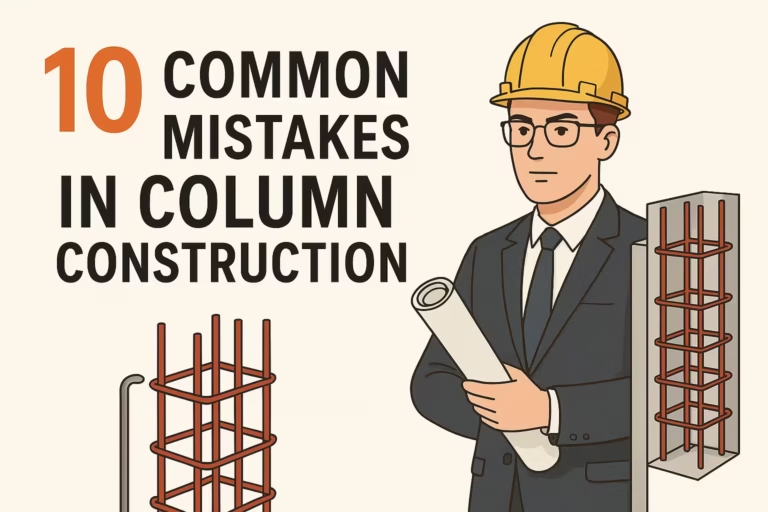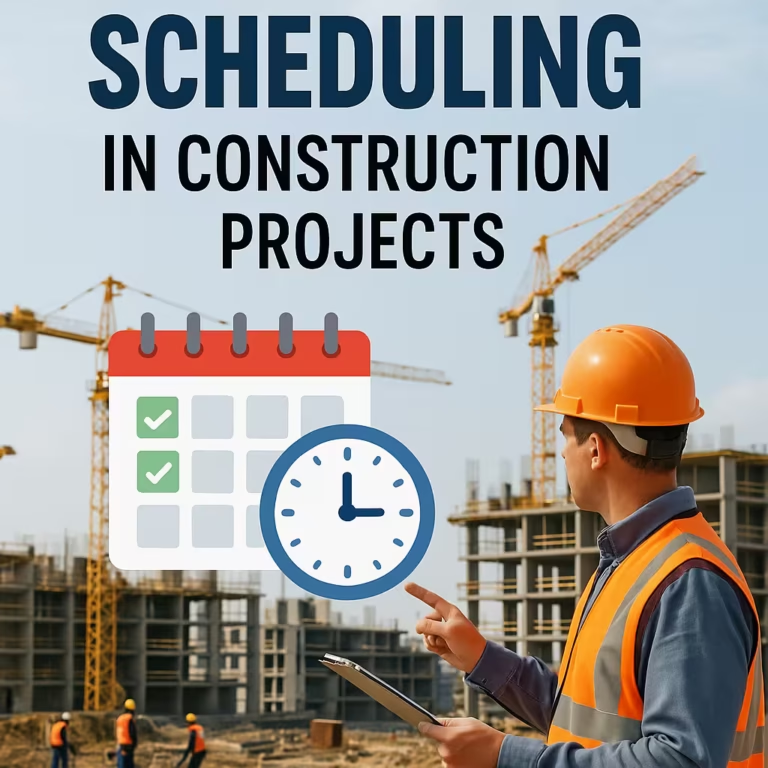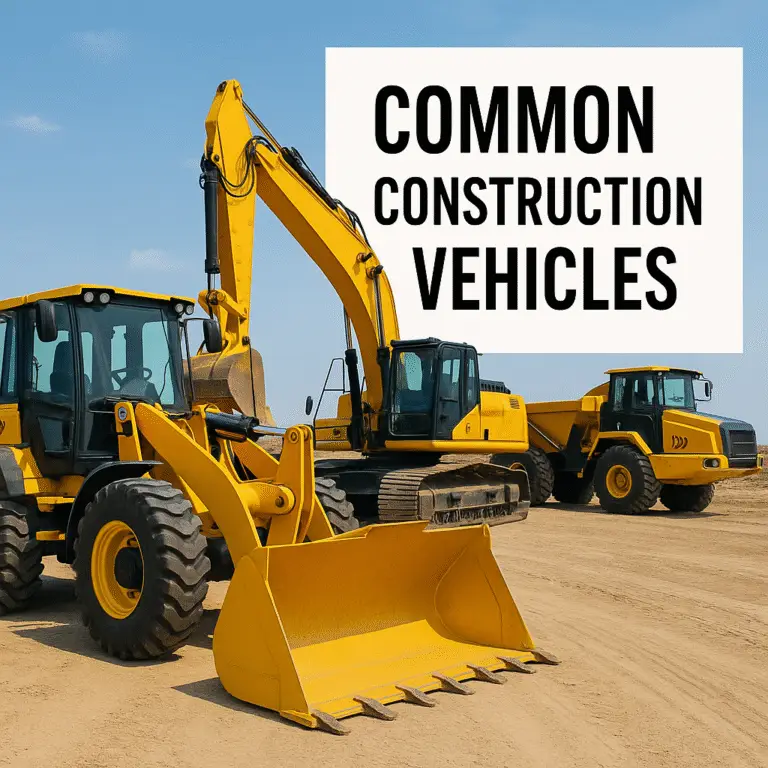Mastering Triage for Better Flow in Construction Projects
Introduction to Triage in Gold Rats Rules of Flow
The first concept that I want to talk about in the Gold Rats rules of flow is triage. In this Blog, I’m going to talk to you about why it’s so important to assign priority to different projects or work areas or zones, right, or entire efforts inside of an organization, and why that really helps us to increase the flow of everything that we do. And so if you’re really interested in learning this wonderful concept that will help work to flow, then you’ve come to the right place, and I’m excited to talk to you about it. Okay, so let’s go triage.
The Meaning of Triage
This is an amazing word right here. Triage. The meaning of triage is to assign urgency to things. Let me give you an example of an emergency room in a hospital that’s usually called triage, or the triage department, that’s where they assign urgency to patients. Like, let’s say this patient over here is literally in the middle of a heart attack. This one’s bleeding out and about to die. This one has COVID 19, or this one has the flu, right? Or this one is having trouble breathing. Don’t quite know why, yet, right? The heart attack patient and the person that’s bleeding need to come in first, right? It’s not funny. I’m just saying like they need to come in first, and then they can assign priority to the rest of the patients based on the severity.
Triage in Construction
Now, when we look at flow in construction, it’s really interesting. You can look at this from the perspective of a construction company and literally give the advice, don’t take on too many projects. Only take on your most profitable projects that you’re good at, that make money, that you have like that you enjoy doing right, and not the low priority projects that don’t make money that drain your resources.
This could also be for a project management team saying, hey, all of the phases on a project, let’s not go worry about the pool right now. That pool’s not due on this project for three months. Let’s focus on the critical infrastructure, and literally, the cores and the superstructure of the building first. Or it could be crews prioritizing activities. It doesn’t matter where it is in the system, but from a fractal standpoint, we have to make sure that we’re focused on the right things.
Theory of Constraints and Bottlenecks
Let me draw something here for you, in the theory of constraints and in the book The Goal and Critical Chain. The Gold Rat family, who I absolutely love their work, constantly talk about bottlenecks or constraints being in a system, right? And you have all of these things, whatever they are. This could be phases of work, it could be tasks, it could be product, it could be a lot of things. We talk constantly in Lean construction about the fact that it’s better to increase the capacity of the system by optimizing your bottlenecks instead of pushing forward. But we’re not always able to increase the capacity at the bottleneck or to remove that bottleneck.
Identifying Urgent Tasks
If you have projects in a construction company, if you have phases as a part of a construction team, or tasks as a part of a crew, whatever it is, or, let’s say, clients that you’re going to take care of in a consulting business, or products you’re going to make in a manufacturing facility. Let’s go ahead and identify which of these are the most urgent, which ones are the most important. And I would like to encourage us to remember the red zone. And I’ll just go ahead and draw it here one more time. It’s, you know, what do we like doing? What are we good at? And I’ll do that with a check mark. And where do we make money? Right, the intersection of those three are literally what’s called your red zone.
Implementing Triage in Projects
So whether you’re talking about projects you take on as a company, phases you prioritize, or tasks that you start doing first, make sure that you’re doing triage and that you’re getting the most important ones first, which means that you will deprioritize or wait on the rest of them. And you can see in this analogy, how this could create flow, right? You have you’re not exceeding the capacity here with what you’re trying to do, because you’re focused on First things first.
Tips for Effective Triage
Here’s some advice. Release tasks in the order of priority, and release them based on what is a high priority or urgent or high impact task, phase, or project first, and de-prioritize the rest. This will make sure that you don’t increase work in progress or in manufacturing, work in process beyond the capacity of the system.
Methods for Implementing Triage
There are a couple of things that can be done. Let me go ahead and use this same analogy, kind of generally. Let’s say that you want to put new work in queue, and you want to make sure that you’re following this principle of triage, and you’re going to add work into the system, right? You can create a gate here before this new work is allowed to enter, that gate would confirm that you’re doing First things first, that it is priority, and that the system also has capacity.
One in, One Out Policy
Number two, you can do a one in, one out policy that would work 100% for a construction company that has projects, not so much for the phases. It would work with crews and tasks, and it would work with manufacturing, where literally, the policy is as soon as we’re done with one, like, let’s say the product is done, or the client. We’re finished with the client, then that releases the gate to allow something new into the system.
Regular Review for Ideal Flow
Three, you can regularly review this to make sure that you have ideal flow and that you have triaged the items and focused on First things first. And four, if you are going to put activities, projects, phases, or products into the system, you can make sure that they’re fully prepared with a full kit so that they can actually be completed and flow well throughout the system.
Importance of Triage at a Company Level
So make sure you’re implementing triage at a company level when you’re within a department. Let me use that as an analogy. There might be many things that you can go do, but if you implement all of them inside of a department, you will overburden your resources. So triage and only focus on the things that have the most impact, that are most important and urgent first that really need to be done for the benefit of the department, instead of getting into what they call the thick of thin things.
Project and Crew Level Triage
Okay, you can look at this from a project level as well. Let’s say that you have your foundations, your superstructure, your interiors, exterior commissioning, and site work phases, and you have this one-off project, like a guard house or a pool or something like that. If you’re going to rush and push and panic, which I don’t recommend anyway, workers to start everywhere all at once, be in every zone that’s not prioritizing, right? You must triage and understand where is your path of critical flow, and work on First things first. And also with a foreman, you need to make sure that within your crew, instead of getting again in the thick of thin things, make sure you’re focusing on First things first.
Consequences of Not Implementing Triage
See the problem here is, is that if you do too much, you don’t have the capacity, then you’re not doing the most important things. Then your resources get spread thin, then you lose morale, then you go into a downward productivity spiral, and you’re not able to even accomplish the base amount of work that you needed to do in the first place. And so if you follow this method here, you will, one, have better throughput. You will narrow the duration of the phase or the overall construction project.
Two, you will because you’re focused more on what’s important, and you have the capacity to do so, focus more on a quality product and finish as you go. Three, and this is a big one, especially for trade partners, instead of just cramming the job site full of workers and materials and equipment that may not have work to do, meaning they’re not getting passed and being able to complete the work, because we don’t have the capacity to do so, instead of bringing all those resources and people and equipment out to the job site that are just sitting there, costing money and burning through labor hours, literally, you’re waiting for the right time to finish it in one process flow, and you’re saving a ton of money.
Final Thoughts
And so my advice to you make sure that whatever you’re doing, you’re focusing. on First things first, with the concept of triage, absolutely crucial. I’m going to link you to a beautifully formatted Canva graphic, and we’re going to make sure that this is tied into a blog post so that you can take this and use this when you’re creating flow on your project. I hope you’ve enjoyed this Blog. On we go.





